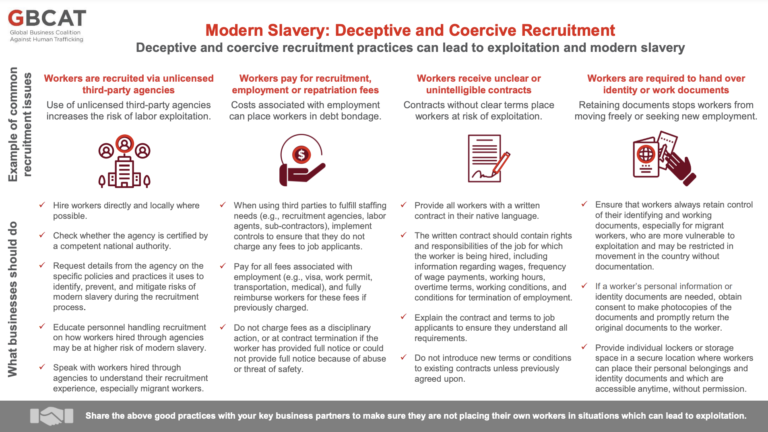Modern Slavery in Supply Chains Reporting Requirement
GuidanceThe Law Council considers that the Government’s proposal, Attorney- General Department’s "Modern Slavery in Supply Chains Reporting Requirement: Public Consultation Paper and Regulation Impact Statement", requires two important changes if it is ...Read More

